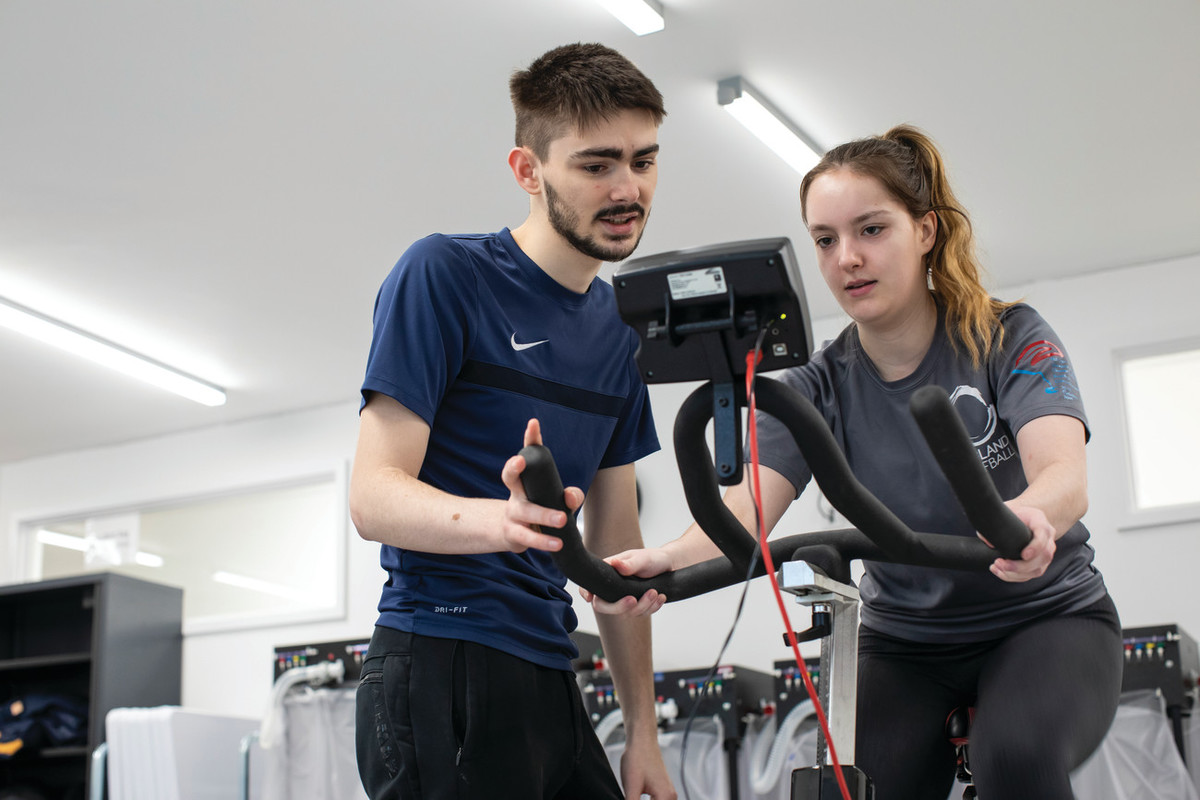Data analytics for optimising athlete performance
This is a collaborative project between the optimisation of exercise training and performance research cluster and a UK-based SME, Body Rocket, to develop an on-bike drag force measurement device capable of providing real-time feedback to riders. Drag forces have a large effect on cycling performance especially at high speeds and in windy conditions. There are several factors contributing to drag, the largest being the athlete themselves. Adopting an aero position on the bike is key but so too is ensuring that it provides the optimal balance between aero efficiency and cycling power output. Measuring drag forces directly is usually achieved using a wind tunnel, but access to such facilities is difficult and expensive. Furthermore, wind tunnels do not provide a realistic model of the conditions experienced in field trials. Therefore, attempts have been made to record the drag indirectly from measurements of rider power, bike speed, wind speed etc. Body Rocket’s technology measures the rider drag directly using force meters placed at the contact points between athlete and bike. This project aims to analyse the data collected from the Body Rocket system with the aim of providing real-time feedback for athletes, enabling dynamic adaptation of body position and pacing strategy in cycling.
Performance Monitoring as a complementary tool for risk assessment in antidoping testing
The athlete’s biological passport (ABP) was developed in an attempt to limit athletes’ use of performance enhancing substances. Since its introduction, the ABP has become a key tool for Anti-Doping Organizations to indirectly detect doping in blood, and more recently, urine. The key premise of the ABP is that doping methods such as blood transfusions, EPO injections, or endogenous anabolic androgenic steroid abuse, may influence biomarkers measured longitudinally as part of the ABP. However, there have been numerous studies that have demonstrated the impact of confounding factors on ABP. Therefore, there is a need to gather additional information on athletes to strengthen the ABP, and provide a forensic style, intelligence-led, and risk assessed, approach to anti-doping. As the primary reason for doping is improvement of athletic performance, it is reasonable to suggest that monitoring an individual’s competition results on a longitudinal basis may reveal suspicious performance improvements. Our previous work has identified a rapid and unexpected increase in an athlete’s performance as consistent with doping. Thus, in research projects funded by the World Anti-Doping Agency and Partnership for Clean Competition, we are working with anti-doping organisations including the International Testing Agency, United States Anti-Doping Agency and International Athletics Integrity Unit on the development of an “athlete performance profile” to be used alongside the ABP which they can utilize in making informed decisions on anti-doping testing.



